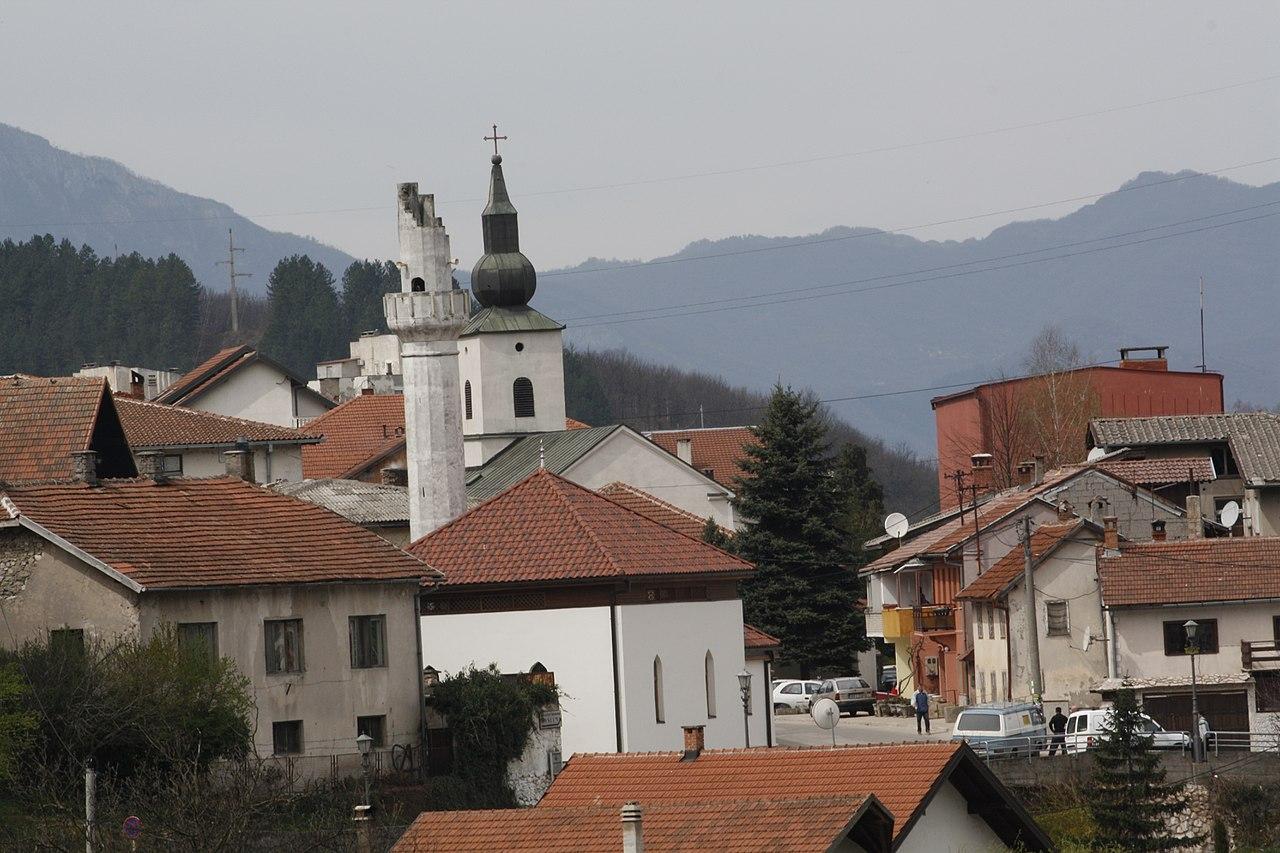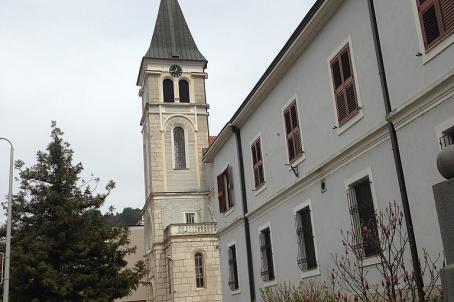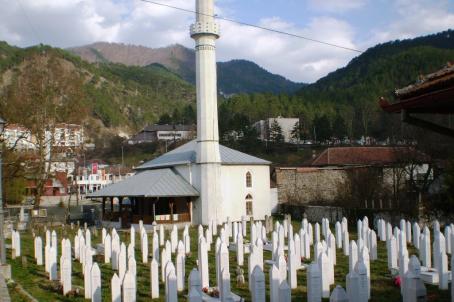Church of St. Basil of Caesarea

The Church of St. Basil of Caesarea is a Serbian Orthodox church built in 1886. The interior of the church was built gradually over a period of more than forty years. During the 1992-1995 war, the building and the interior of the church suffered significant damage. Only two of the icons that were placed on the iconostasis were preserved, the icon of St. John and the icon of St. Venerable Mother Paraskeva.




